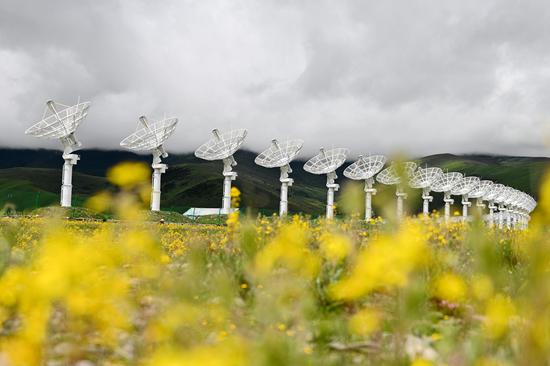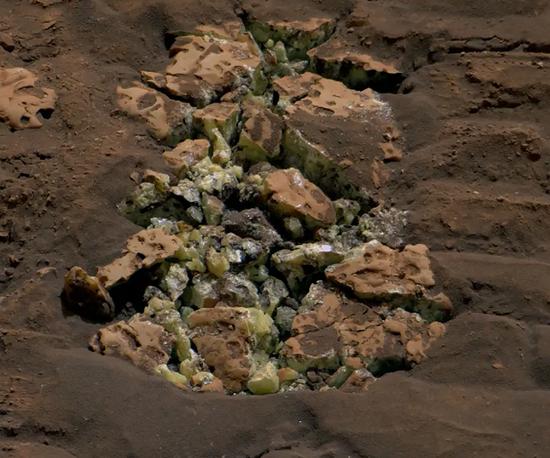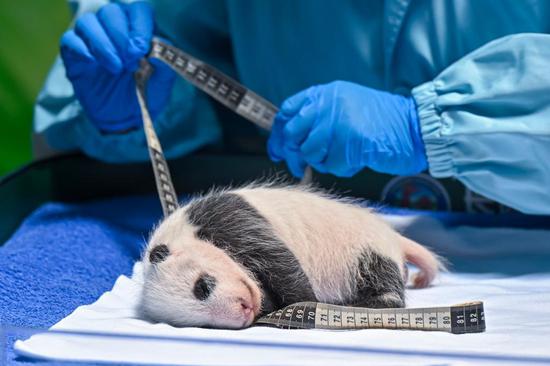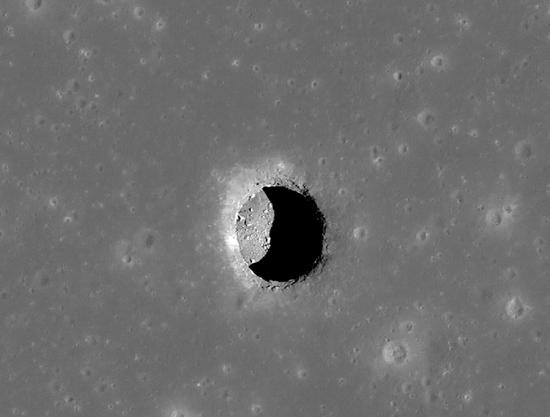(ECNS) --The atmospheric environment monitoring satellite and the terrestrial ecosystem carbon monitoring satellite have been put into use on Thursday, according to the China National Space Administration (CNSA).
The two satellites will monitor the atmospheric environment and terrestrial ecosystems, providing important data for tackling global climate change and realizing the goals of carbon peak and carbon neutralization.
The atmospheric environment monitoring satellite can dynamically and continually detect fine particulate matter, pollutant gases, greenhouse gases, and other environmental elements on a large scale, marking the first time that the high precision of 1 ppm for CO2 column concentrations has been detected worldwide around the clock.
The atmospheric environment monitoring satellite can be applied to map the global CO2 column concentrations around the clock.
The terrestrial ecosystem carbon monitoring satellite can detect vegetation biomass, vegetation height and chlorophyll fluorescence;by comprehensive remote sensing means such as laser and polarization, improving the monitoring capacity of carbon sink.
The initial application products from the carbon monitoring satellite total 20 items, including the biomass detecting of winter wheat and summer corn in the Beijing-Tianjin-Hebei region.
During the in-orbit testing of the two satellites, they achieved great effects in environmental protection, surveying and mapping, meteorology, agriculture, and disaster reduction.
CNSA will continue to delve deeper into application scenarios and enhance the efficiency of comprehensive satellite applications, promoting the high-quality development of China’s civil space infrastructure, the CNSA said.


















































 京公网安备 11010202009201号
京公网安备 11010202009201号